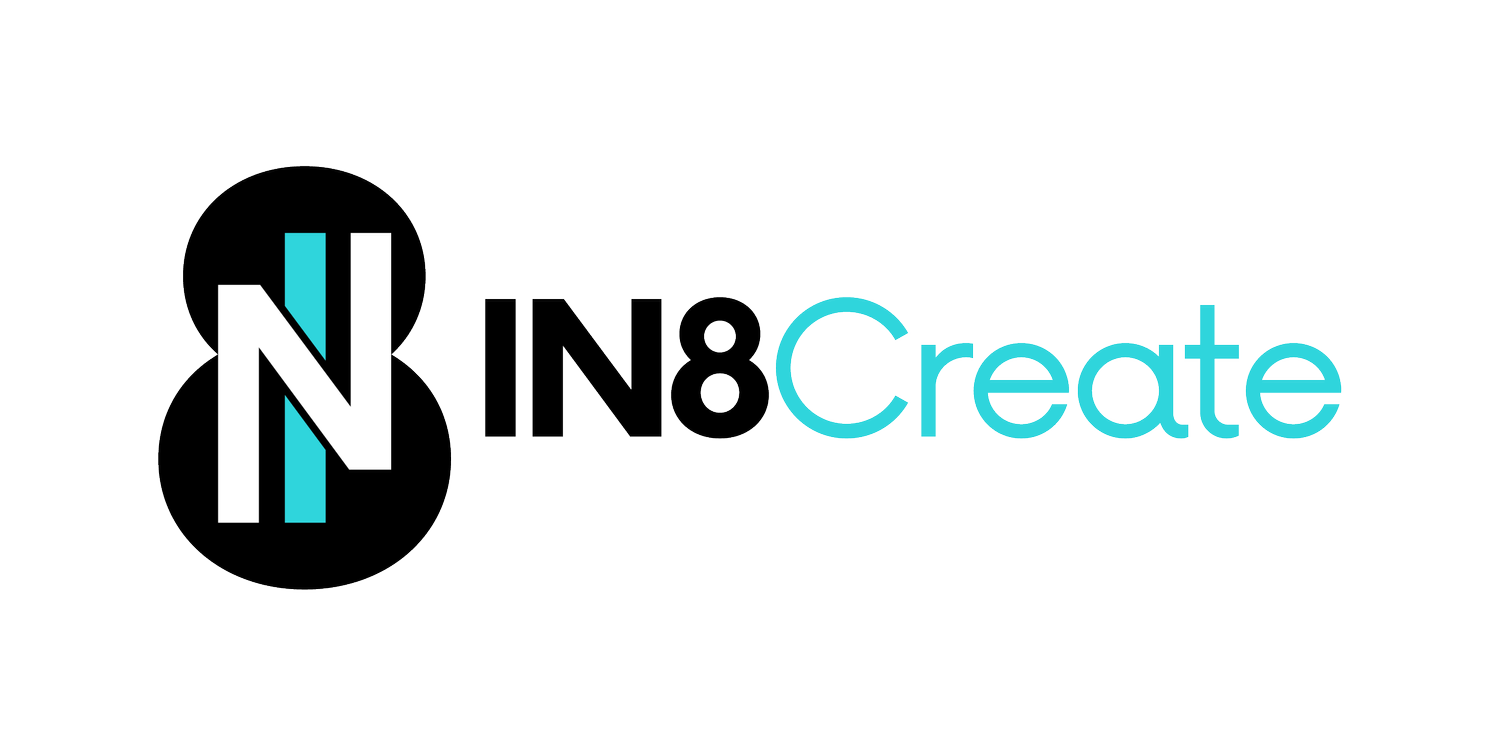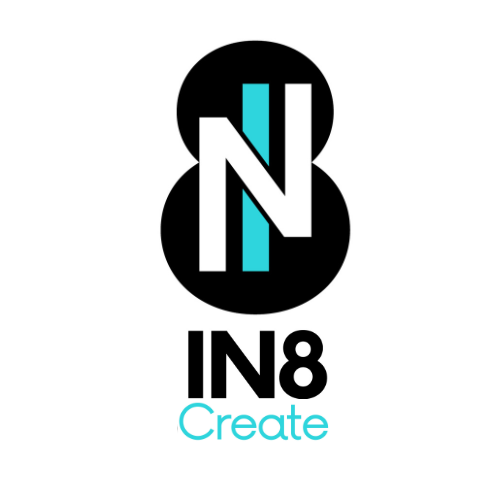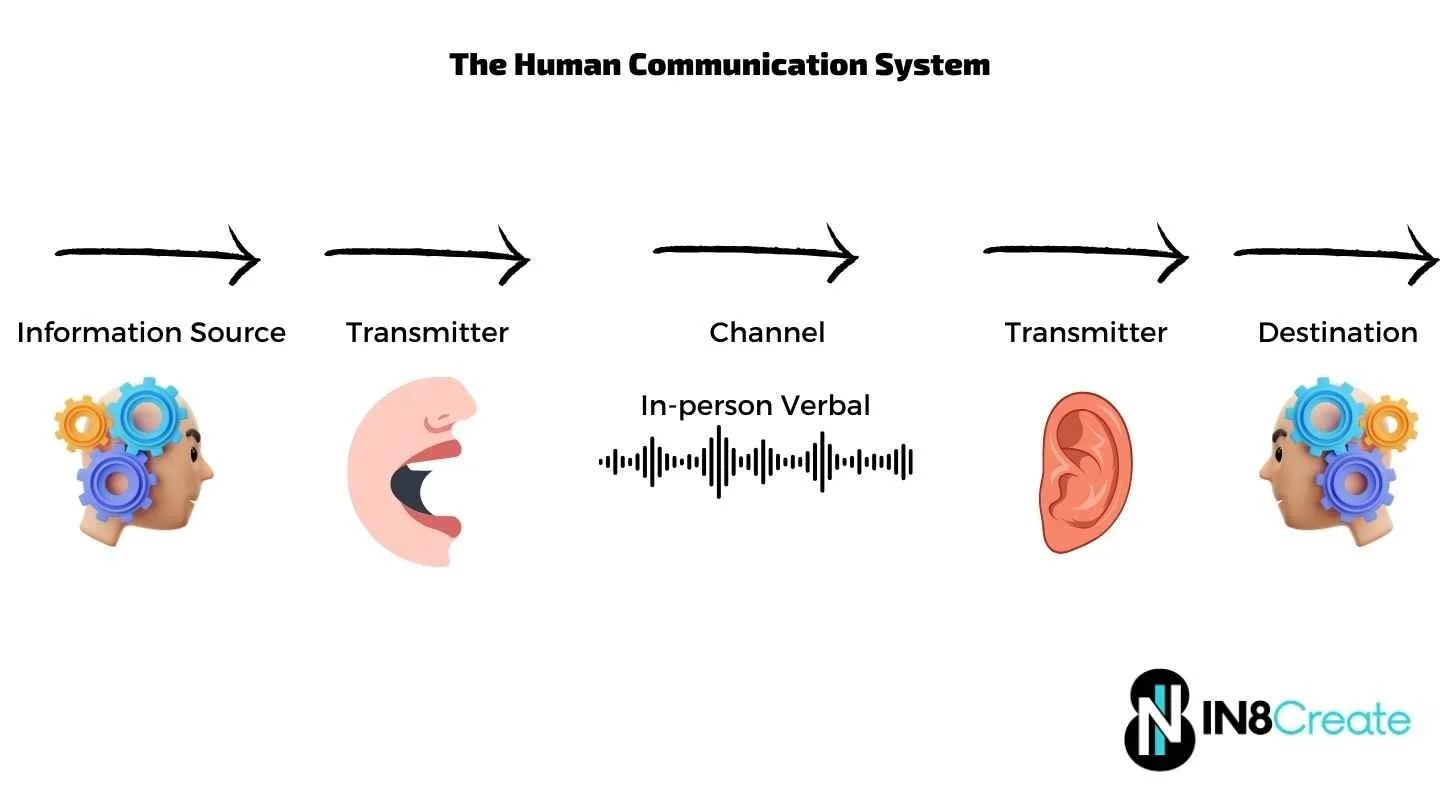The Human Communication System in Teams
A Systematic View
One of the most eye opening reads on communication for me was the Mathmatical Theory of Communication. The reason for it's effectiveness is that it takes a systems view to human communication. Using this as a mental model makes it easy to see why and how communication breakdowns happen, especially in teams.
For this post, I'll dig specifically into the system itself, applying the 5 stages of a communication system to people, and then extract how this impacts people and teams in various scenarios. Once you see how the system is easily applied, you'll be able to deconstruct communication challenges in a new and simpler way.
For a communication system to exist, there are 5 key points of the system. These are:
The Information source- This is where the message comes from.
The Transmitter - This is out the message leaves the source
The Channel - This is the vehicle or mode that the message is relayed over.
The Second Transmitter - A second one that receives and decodes the message after being received via the channel.
The Destination - Where the message is intended to go.
Let's now apply these to the basic human communication method of speech. Imagine two people standing opposite of one another talking.
The Information source = The brain of the person about to talk. A message is built based on their desire or need to alter behavior in some way of the receiver. Let's take a basic message of "I want salad for lunch"
The Transmitter = the mouth of the talker They might say "Have you tried that new salad place on the corner?"
The Channel = over the air/verbal (also would include visual as well to include body language that is part of the message.
The Transmitter = This is the ear of the receiver as they hear the questions and eyes to notice the body language
The Destination = The brain of the receiver
Now imagine that the same request is sent over an email. The information source and destination are the same, but now we have new transmitters and channel:
Transmitter: The thought is put into words using the eyes and fingers to compose a message.
Channel: Electronic mail
Transmitter: Eyes to read the message and send to the brain.
Now that we can view each of these steps within a system, we can examine each part for benefits and risks in given scenarios.
Imagine you are trying to convey a major update to your team. Let's assume that the message itself will be constructed well, that leaves the choice of channel which determines the transmitters involved in sending and receiving the communication.
Some in person benefits:
More information - The addition of body language and tone can create a more dynamic and easier to understand message.
Speed of feedback- The ability to gain instant feedback when seeing how the receivers respond (and address on the spot)
Challenges:
Some information might be lost depending on how people hear the message
Repeatability - The receiver has one shot to get the message
For email or written communcation the pros and cons are almost opposite.
So what is the best way?
Why not do both?
Many very important messages use multiple vehicles. In person auditory, inclusion of pictures and video, and a written component as well.
Hitting many channels with the same message will allow for the nuanced parts of the message to be digested in a multitude of ways, allowing for the receiver to fully get the message.
None of this may be surprising to you, yet the goal of this is to look at the whole process as a system. If there are no challenges with transmission or channel, such as noise, deliverability, etc.. Then all challenges come down to either the development of the message or how the receiver interprets the message. This is where it gets more complex!
One of the reasons we believe our LEGO approach to team building and learning is so impactful is that we use many channels to communicate information, thus making sure it's easier to understand and digest thorough various transmission devices.
Contact us to learn more about how we can help you build stronger and better communicating teams!
Stay tuned for our next post on the message itself and the three levels of communication: The semantic, The technical, and The effectiveness.



